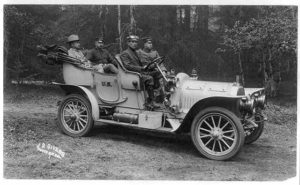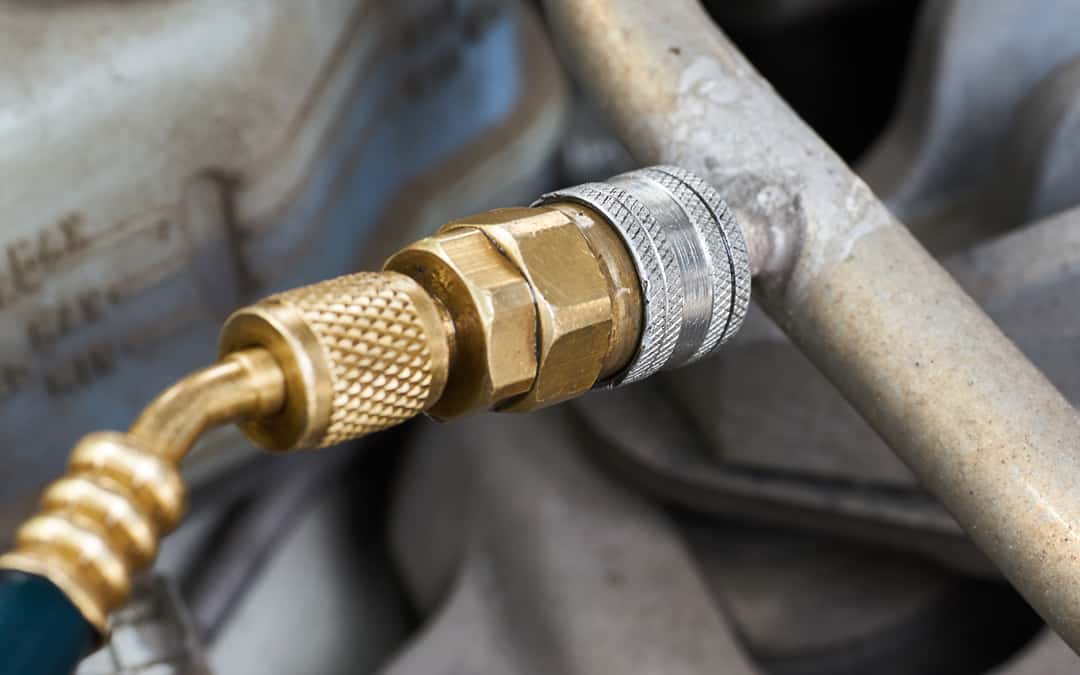Brass also serves as a consistent choice for auto industry parts such as electrical terminals, knurled shafts, water pump valves, valve guides, gears, piston shoes and gasket assemblies. Additionally, brass appears in couplings, adapters and sleeves for vehicle parts and systems including air conditioning, air hoses, pipes, master cylinders, fluid-level sensors, transmission lines, power steering and brakes. Along with brass parts within vehicles themselves, brass provides the material for components of the dies that stamp out other automotive parts.
The nature of automotive manufacturing means that many of its parts must adhere to strict specifications. Suppliers and OEMs produce hundreds of thousands of units of some of these items on an annual basis, making them a source of ongoing revenue for manufacturers who include brass among the materials they use. Thanks to the machinability of brass and high-speed capabilities of modern machine tools, manufacturers can fulfill contracts for some of these parts with short lead times.
Production studies show that per cubic inch of material removed, brass incurs significantly lower machining costs than stainless steel (304L) and steel (12L14). Brass turns at three times the speed of steel alloys with eight times longer cutting tool life. Brass also drills faster than steels with lower power requirements.
In test after test, brass produces faster results with less tool wear at higher speeds and with good surface finishes and excellent chip control. Machining brass faster yields more automotive parts per hour, higher profit margins and additional revenue. Even brass scrap produces revenue because it retains up to 90% of its original value for resale.
 Along with its role in the design and construction of modern vehicles, brass plays a leading part in the restoration of classic cars, especially those from the Brass Era between 1890 and 1919. During that time, cars were built like carriages and often looked as if the horse was missing rather than unnecessary.
Along with its role in the design and construction of modern vehicles, brass plays a leading part in the restoration of classic cars, especially those from the Brass Era between 1890 and 1919. During that time, cars were built like carriages and often looked as if the horse was missing rather than unnecessary.
Frequently either steam-engine powered or all electric, these vehicles used brass both for construction and for aesthetic additions. Many of these early designs precede basic standard features that today’s driver takes for granted, including whether the car used a steering wheel, let alone where it was mounted. Brass Era manufacturers pioneered many approaches to car design in vehicles that varied wildly from one make and model to another, but these vehicles shared two common elements: Every part and process was mechanical, and every automobile featured large amounts of brass.
Whether manufacturers create parts for new vehicles or replicate elements for restoration, brass holds an enduring role in the automotive industry, and with today’s high-speed machine tools, brass contributes to manufacturing profitability in ways that other metals can’t match.


Recent Comments